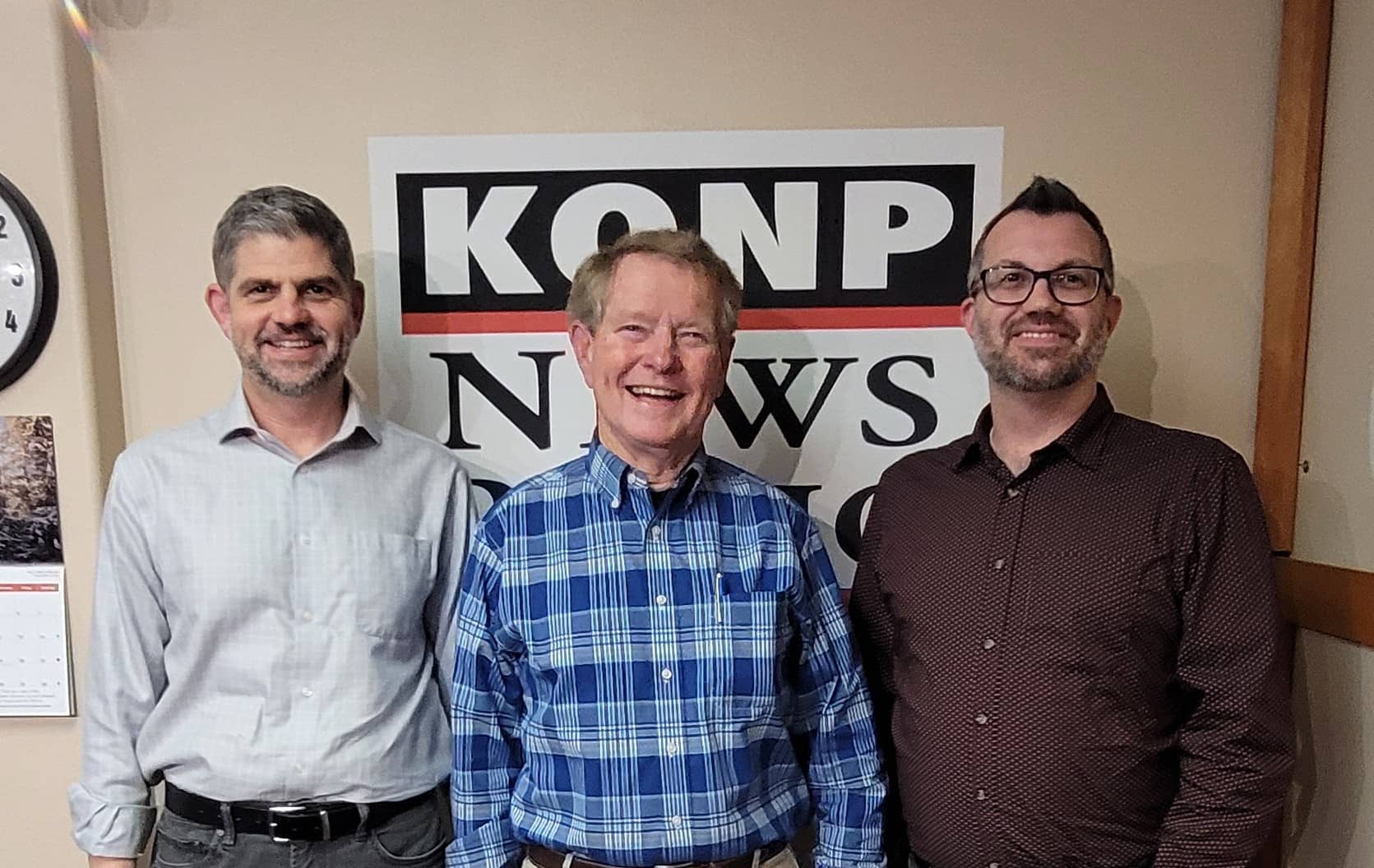
PORT ANGELES – Clallam County Commissioners have unanimously passed two resolutions raising property tax levies by one percent next year.
After hearing about an hour of public testimony urging commissioners to hold off earlier this week, the commissioners agreed to take the one percent increase in the general fund and another one percent increase in the road fund. Those increases are allowed under state law. A higher amount would require a vote of the people.
Commissioner Randy Johnson before the vote:
Audio Player“First of all, no one likes to pay more in taxes. But how quickly we forget about the inflation that took place just very recently. And when one thinks about county budgets, one has to remember the largest single source of income into the county is property tax, and is limited to a one percent increase, and we’ve had inflation rates running well, well in excess of that.”
Commissioner Mark Ozias told the crowd he thinks a lot of the property tax crunch is due to all the other items that are on the bill and not just the county’s portion.
Audio Player“I think you will likely be surprised to find that you are likely not paying Clallam County general fund and likely not paying to the Clallam County roads fund substantially more than you were five years ago.”
County staff say the increase will add just over $123,000 to the general fund. The roads fund would see an added $83,000 next year.
IN A RELATED STORY:
Cities across the state are asking their legislators to let them tax residents more than the 1% cap on annual property tax increases.
The Association of Washington Cities, which represents nearly all 281 cities and towns across the state, including Port Angeles and Sequim, says the 1% limit on annual property tax increases has created a structural deficit in city revenue.
The association and its members are pushing to increase the cap to 3%. Doing so would raise more revenue, but at the expense of taxpayers. Under a 3% cap, local governments could raise their property tax rate by three times as much as they currently do each year without voter approval.
According to Trading Economics, the average U.S. inflation rate since 1914 is around 3.3% per year, so a 3% cap would be more in line with rising costs. Cities can already levy over the current 1% cap, but only for specific purposes approved by their voters.
